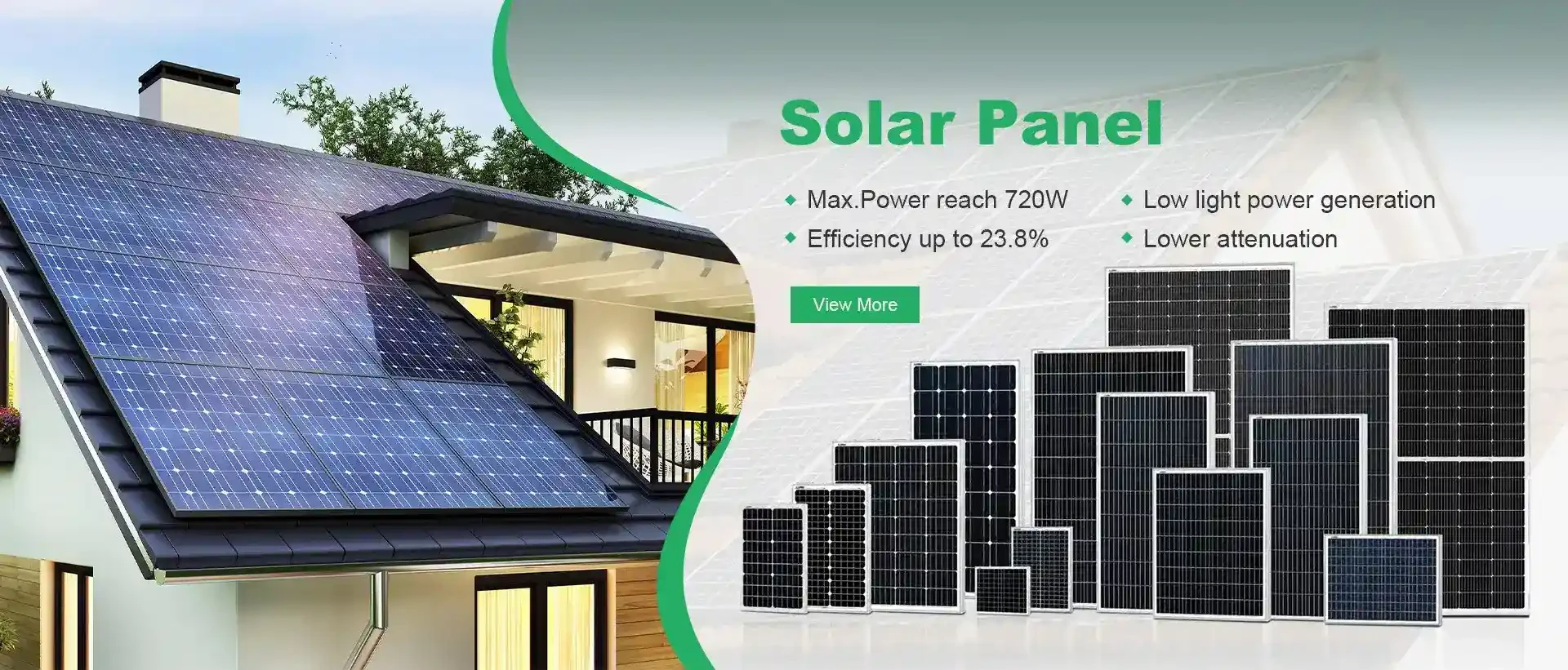Comparing Monofacial and Bifacial Solar Panels for Optimal Energy Efficiency
Monofacial vs. Bifacial Solar Panels A Comprehensive Comparison
As the demand for renewable energy sources continues to rise, solar power has emerged as a frontrunner in sustainable technology. Among the innovations in solar energy, the debate between monofacial and bifacial solar panels stands out as a crucial consideration for both homeowners and commercial entities. Understanding the differences between these two types of solar panels can significantly influence energy production and overall efficiency.
Monofacial vs
. Bifacial Solar Panels A Comprehensive ComparisonIn contrast, bifacial solar panels are gaining popularity due to their advanced design and efficiency. These panels have photovoltaic cells on both sides, allowing them to capture sunlight from both the front and the rear. This dual-sided capability can significantly enhance energy production, particularly in environments where reflective surfaces, such as snow or light-colored roofs, are present. Bifacial panels can increase energy generation by 10-30% or more, depending on their installation and environmental conditions.
monofacial vs bifacial

Despite these advantages, bifacial solar panels typically come with a higher upfront cost compared to their monofacial counterparts. This initial investment can be a deterrent for some consumers; however, those who choose bifacial technology often find that the increased energy output can lead to faster payback periods and improved long-term savings on electricity bills.
When choosing between monofacial and bifacial solar panels, it's essential to consider factors such as budget, installation space, and energy needs. For those with limited rooftop space or access to optimal reflective conditions, bifacial panels may provide a worthwhile return on investment. Conversely, if budget constraints are a primary concern and the installation site does not allow for significant light reflection, monofacial panels remain a reliable and effective option.
In conclusion, both monofacial and bifacial solar panels have their advantages and challenges. Making an informed decision requires a clear understanding of the specific energy requirements and environmental conditions of the installation site. As technology continues to advance, the choice between these two types of solar panels will play a significant role in shaping the future of solar energy adoption.
-
Unlocking Energy Freedom with the Off Grid Solar InverterNewsJun.06,2025
-
Unlock More Solar Power with a High-Efficiency Bifacial Solar PanelNewsJun.06,2025
-
Power Your Future with High-Efficiency Monocrystalline Solar PanelsNewsJun.06,2025
-
Next-Gen Solar Power Starts with Micro Solar InvertersNewsJun.06,2025
-
Harnessing Peak Efficiency with the On Grid Solar InverterNewsJun.06,2025
-
Discover Unmatched Efficiency with the Latest String Solar InverterNewsJun.06,2025







